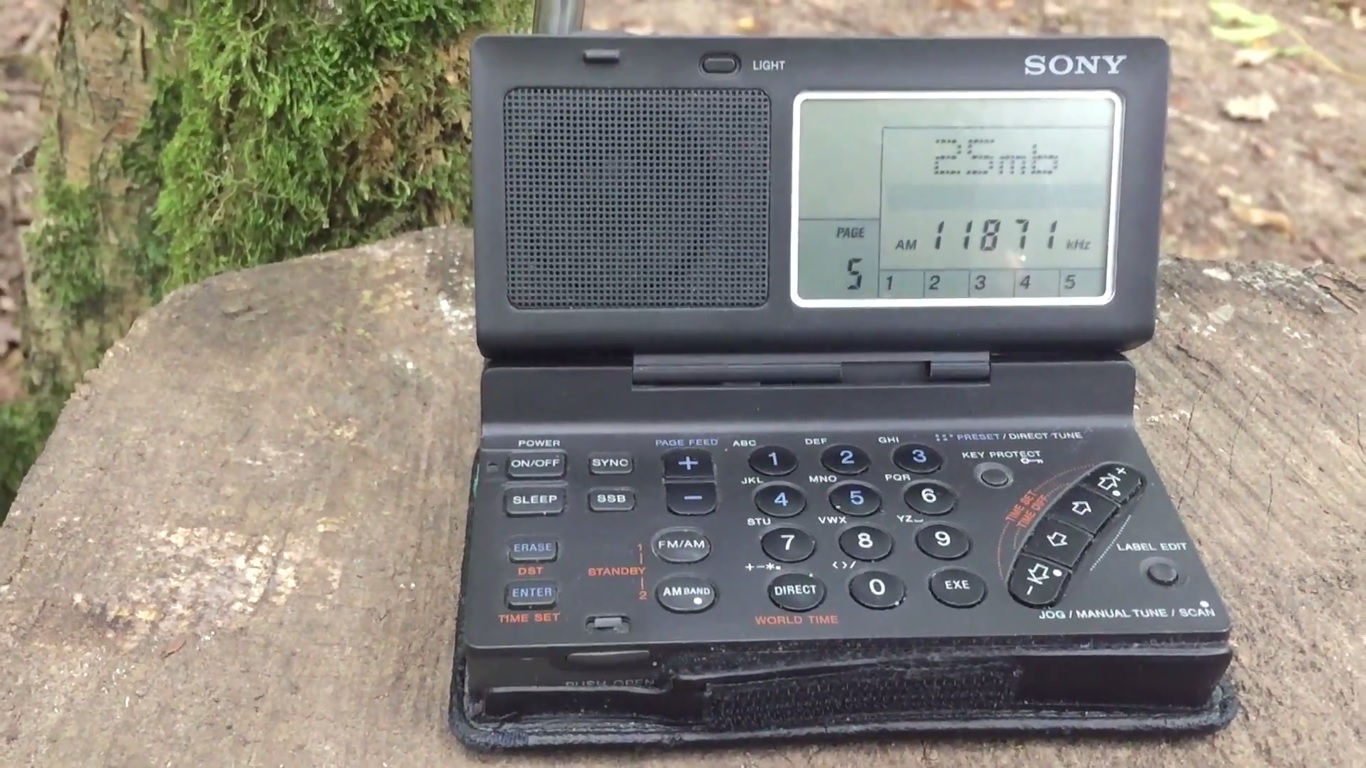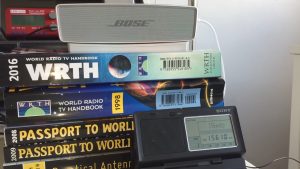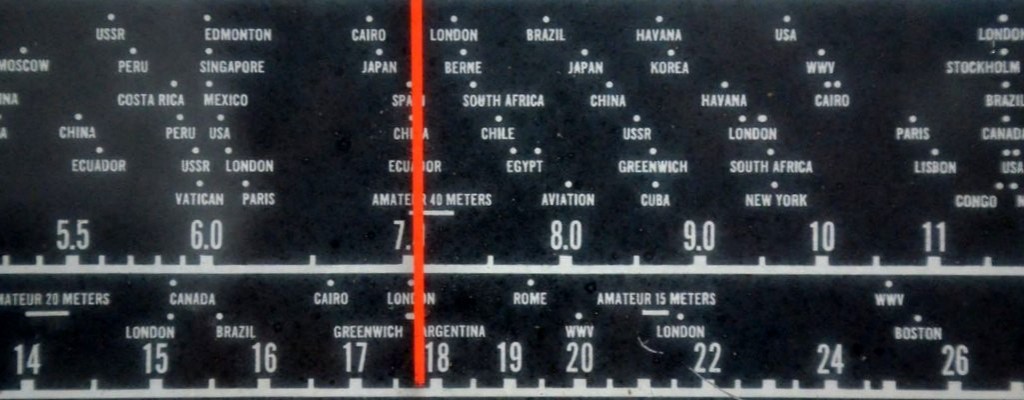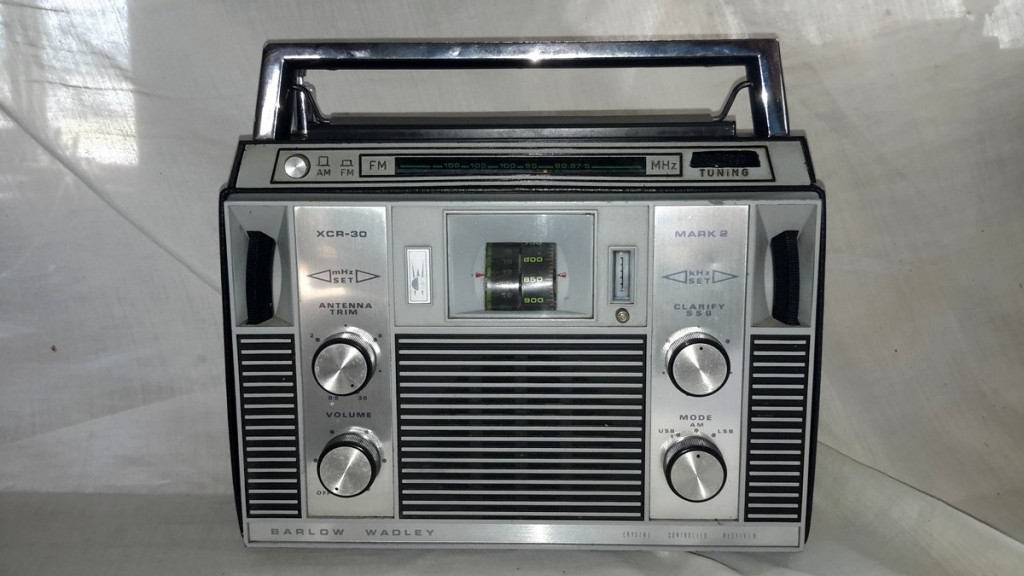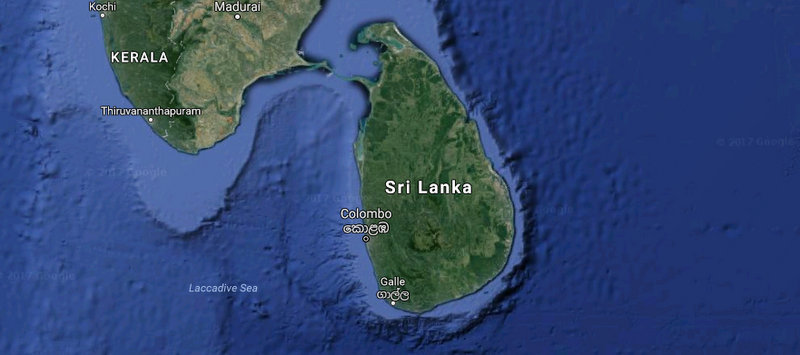 Many thanks to SWLing Post contributor, Troy Riedel, who shares the following announcement from a Tecsun Radios Australia email newsletter:
Many thanks to SWLing Post contributor, Troy Riedel, who shares the following announcement from a Tecsun Radios Australia email newsletter:
Tecsun Radios Australia owner Garry Cratt was interviewed by ABC Rural this week about the ABC’s decision to end their shortwave radio transmission after almost 80 years.
Click here to listen via YouTube.
The ABC have decided that as shortwave technology is now nearly a century old, it is outdated and serves a very limited audience. They are planning on moving towards a digital focused service instead.
Garry discussed this in his interview with ABC Rural:
“A lot of the places that do receive Radio Australia, there is no power for a start, so they’re relying on batteries and solar panels. The people that are listening, that will be affected, are those people who are maybe still back in the last century, but that’s not their fault.”Tecsun Radios Australia recently sent a shipment of 500 radios to the Solomon Islands to be given out to remote villages. Shortwave radio is often the only way to communicate in rural villages like these, this is especially important during times of natural disaster such as the 2004 Boxing Day tsunami, and as recently as cyclones Yasi (2011), and Pam (2015).
The ABC are planning on building a stronger FM transmitter network to use instead of the shortwave transmission – but what will happen to the people who are out of range of FM radio?
There are many people without this equipment living in places like the Pacific Islands, where Radio Australia is one the few news and entertainment resources. Due to the sparse population and wide geographic dispersion it is extremely difficult to correctly measure the effect that turning off the shortwave transmission will have.
Here at Tecsun Radios Australia, we are asking you to help us let the ABC know that shortwave radio is a much valued service. You can do this by tweeting a photo of your shortwave radio tuned into Radio Australia, making sure you tag @ABCAustralia and @TecsunRadios and using the hashtag #saveshortwave
Additionally, we are calling on the Australian Government to restore funding to the ABC, (previously provided via the Department of Foreign Affairs and Trade) to support the ABC’s international television and radio broadcasts. We acknowledge that the ABC has continued to provide international radio and television broadcasts by internally funding these programs, and now we ask the Australian Government to support our rural and Pacific Islands communities by giving the ABC the appropriate funding they require.
We are talking about $1.9 million in funding after all, which we think the Prime Minister could find if he checked under the Chesterfield seat cushions in his office…
To read the full article and listen to Garry’s radio interview, click here:
http://www.abc.net.au/news/2017-01-18/abc-shortwave-cuts- tourists-operator-pacific- island/8191374



